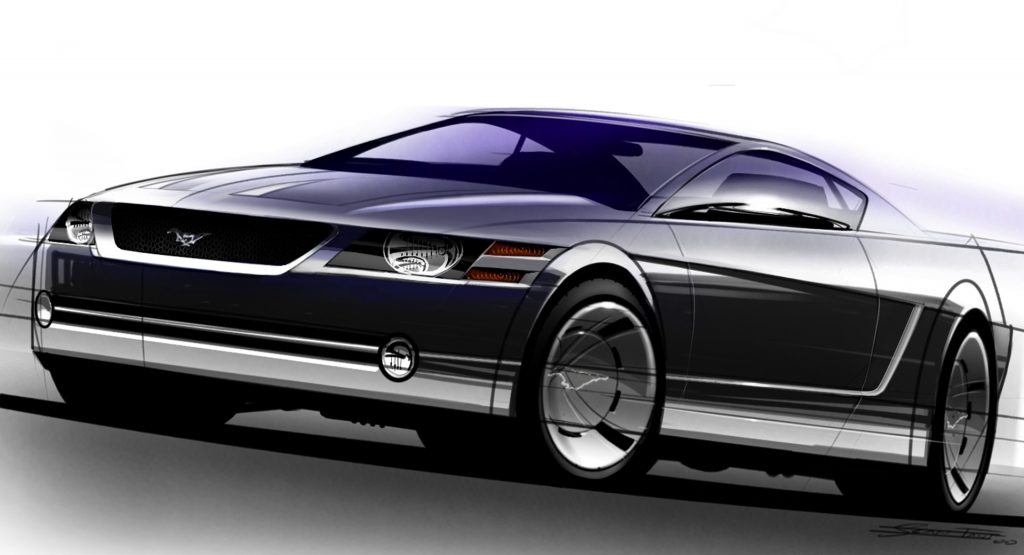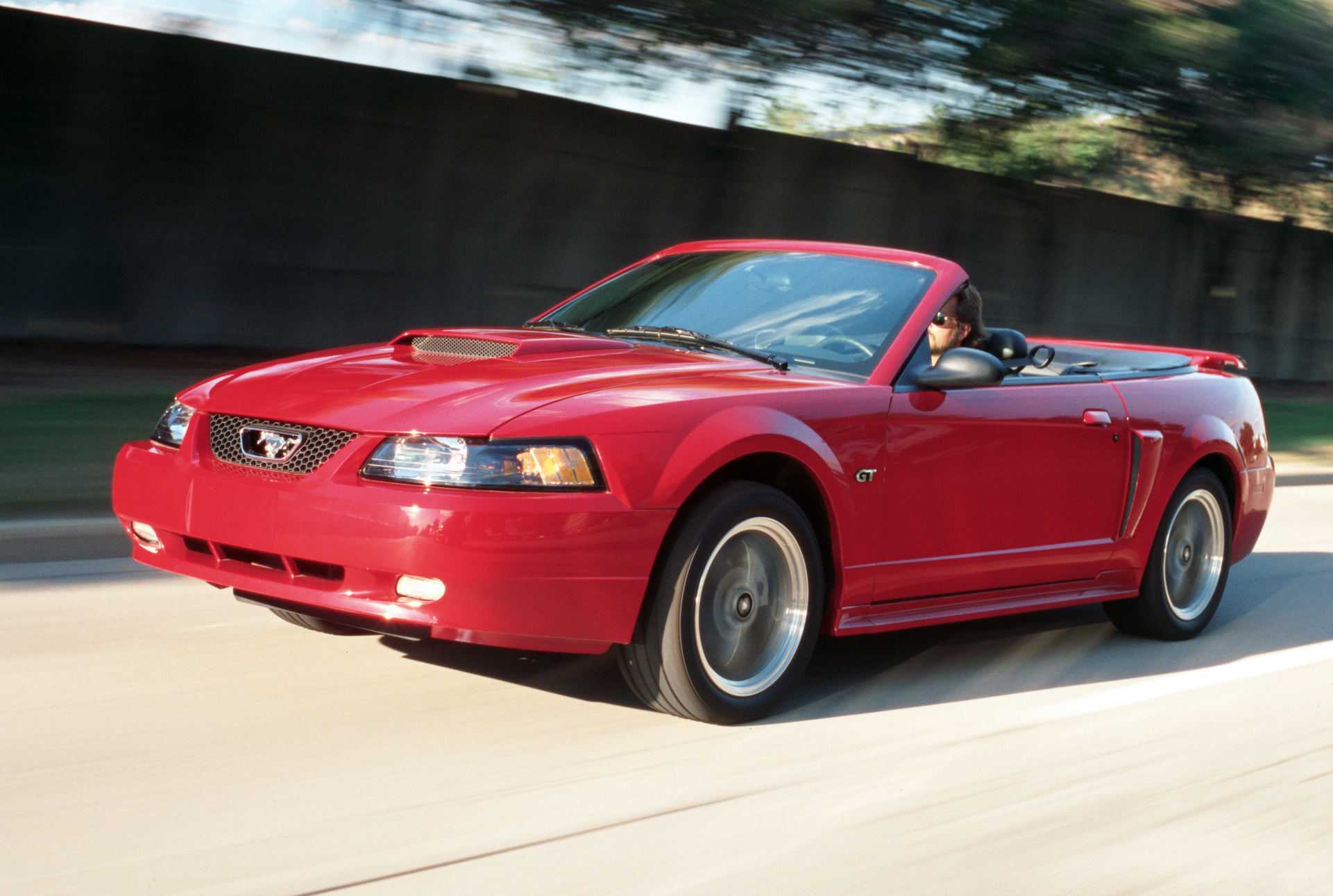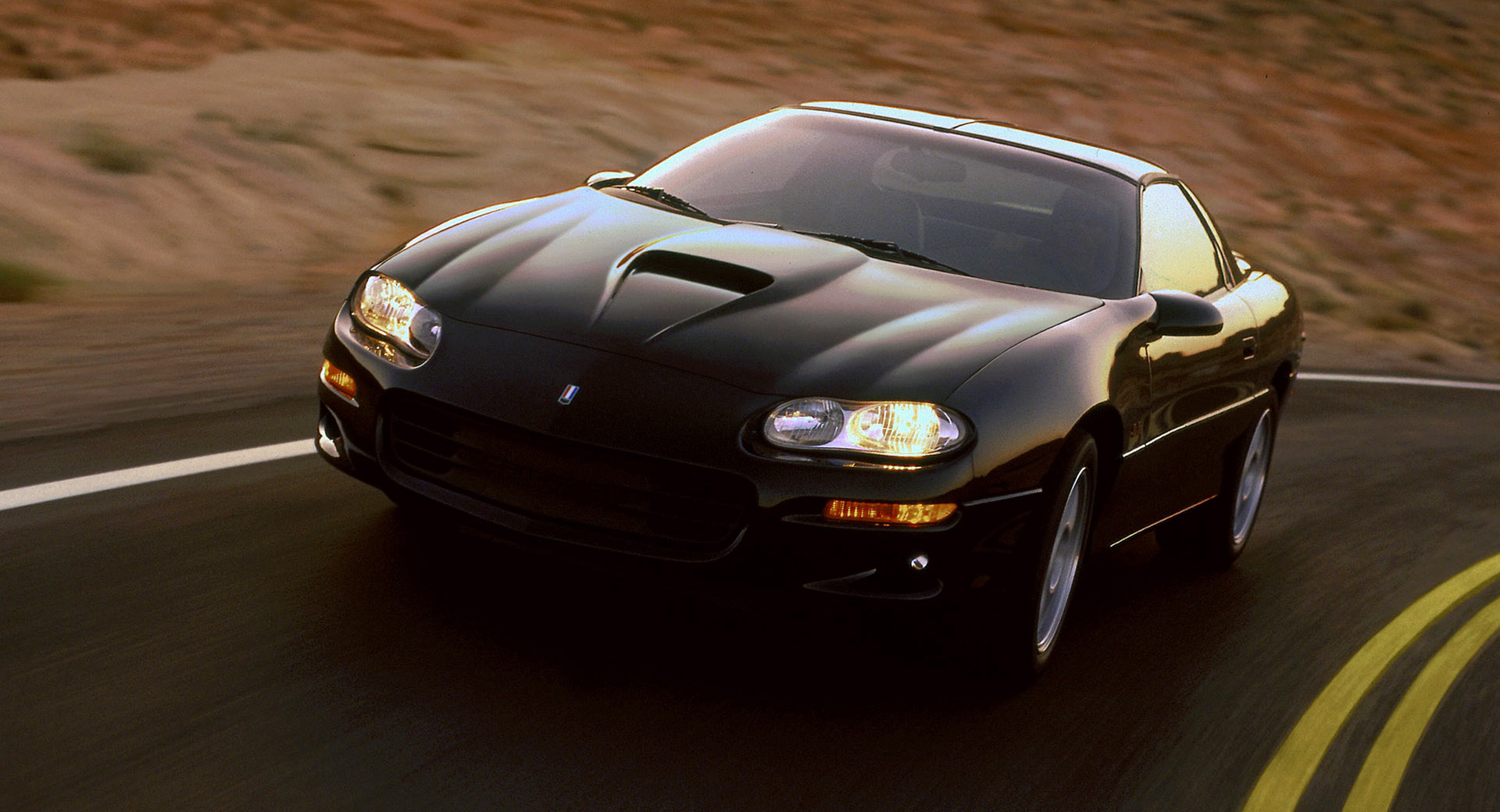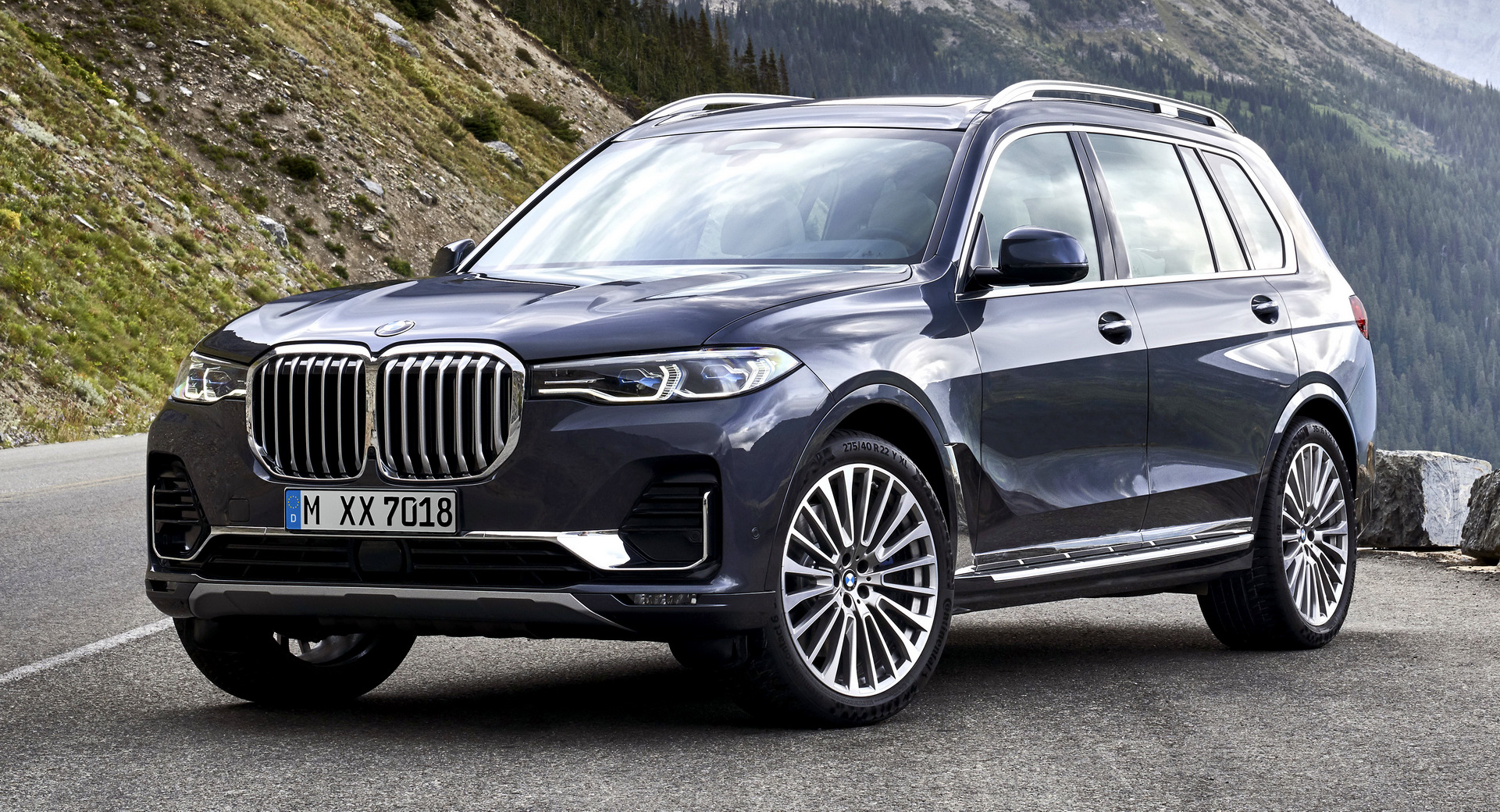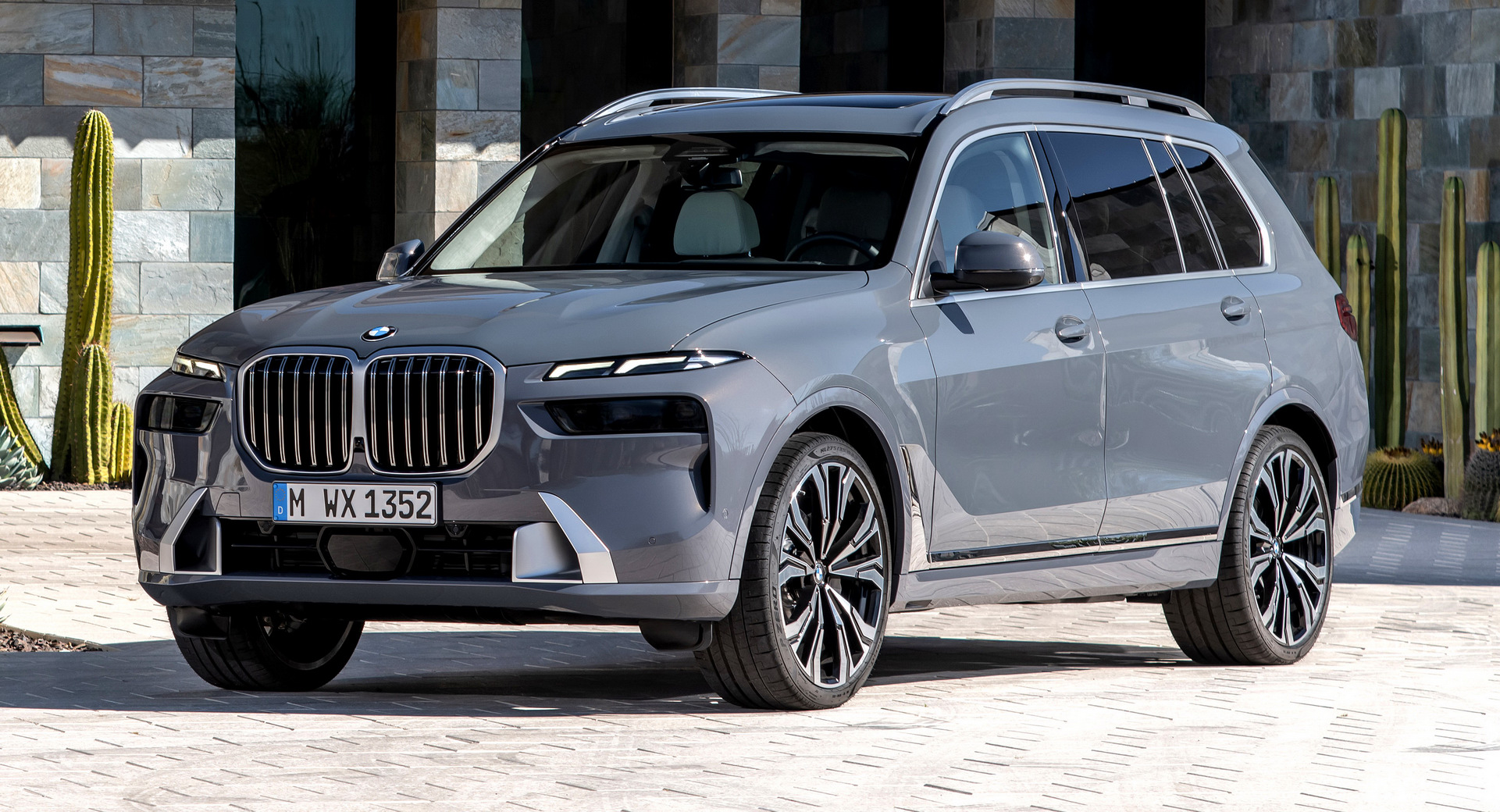It costs a lot of money for automakers to release new vehicle platforms, and the plan is for the underlying technology to last for a number of years before it needs to be updated again. Manufacturers will keep their vehicles fresh by facelifting them, tweaking the interior and exterior design of the model three or four years on average after their presentation – or every few years through perpetuity if your Dodge / Chrysler. .
Facelifts cost far less than developing a completely new generation and usually result in a more modern-looking vehicle in the process. Designers try their best to get it right the first time, which can make it hard to improve upon when it comes time for a redo. Sometimes a styling update improves on the original design, but sometimes it makes it worse.
In the 1990s, car designers were struggling with making their vehicles modern while also honoring their heritage. Two of the best examples of this are the New Edge Mustang and the “Catfish” Camaro.
Read More: Ford Design Chief Wants More Concepts To Re-Imagine The Car In The Age Of Electrification
When they were unveiled, both vehicles lacked the distinctive aggression that muscle cars had come to personify. The Mustang was too soft and bubbly, while the Camaro looked unfinished with its headlights and grille-mounted fog lights hastily installed as an afterthought. But as the platforms grew into their new bodies, they received new clothes to suit.
The New Edge Mustang received a more aggressive browline and a more angular front splitter. The curves of the body were straightened out and creased, taking away the soft touches and replacing them with chiseled edges that are more befitting of a muscle car. The rear taillights were also changed to a squared-off design, replacing the jelly bean look of the original. The result of the redesign meant a Mustang that reminded us more of the original pony car, instead of the previous generation fox body.
As for the “Catfish” Camaro, sealed beam headlights defined the face, while a new larger grille better signified its intentions to swallow up anything in its way. Around the back, the spoiler reached higher and features a more well-integrated center brake light, while tri-color taillights made it look more European.
Both vehicles received facelifts that better represented the original character of the model, while keeping the design fresh for customers until the next generation arrived.
What facelifts made the car look better?



